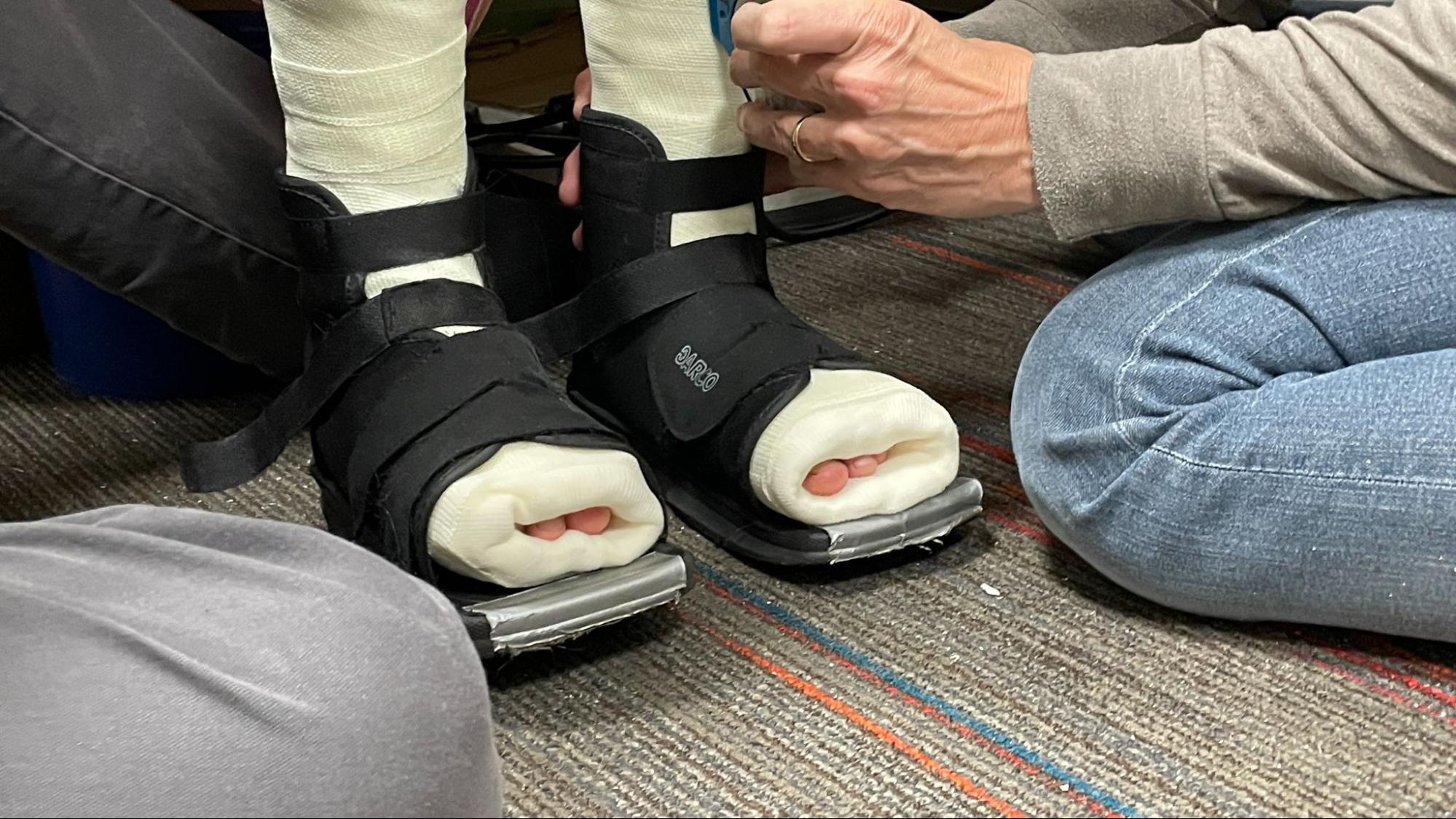
What is serial casting and how can it help my child?
Serial casting is a non-invasive conservative method used to improve joint range of motion for a variety of diagnoses (toe walking, cerebral palsy, arthrogryposis, spina bifida, club foot, traumatic and acquired brain injuries, muscular dystrophy, etc.). It is most commonly used to help correct toe walking.
Toe walking is when a child walks around on the balls of their feet with no contact between their heel and the ground. It is important to treat toe walking early before a child builds a habit and the muscles and tendons become tighter. Once a habit is formed, it will be tougher to overcome.
Serial casting is a non-surgical way to give the person an increased range of motion in the affected joints. A toe walker, for example, would be able to walk in a more-typical way (heel to ground contact). Casting can be applied to any extremity joint (upper and lower).
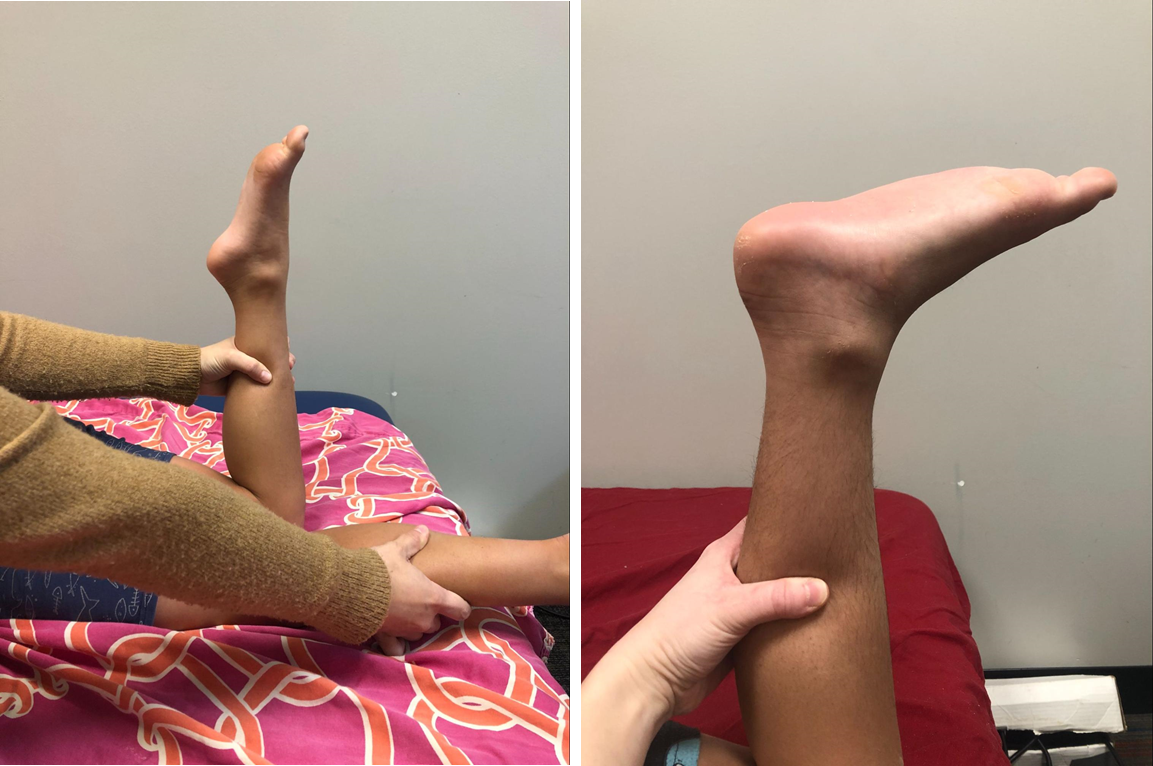
How does serial casting work?
Over the course of wearing the cast — typically changed weekly — a prolonged and progressive stretch occurs until the desired range of motion is reached. Unlike a broken bone where immobilization is the goal with a cast, serial casting encourages movement and staying active. The casts are applied in a way that the child feels comfortable other than the minimal weight of the cast.
The duration of serial casting depends on the severity of range lost, diagnosis, and age. Older children will typically wear casts longer because their muscles have tightened and are used to their limited range of motion.
Depending on the stiffness of the joint, children can see gains of 2 degrees to 8 degrees per week for a total treatment time of 4 weeks to 6 months. You can ask your therapist for a personalized estimate.
In addition to increasing the range of motion, it also puts the child in a safer position to bear weight on their heels on different surfaces. It will also allow them to shift weight properly and increase independence in standing and walking.
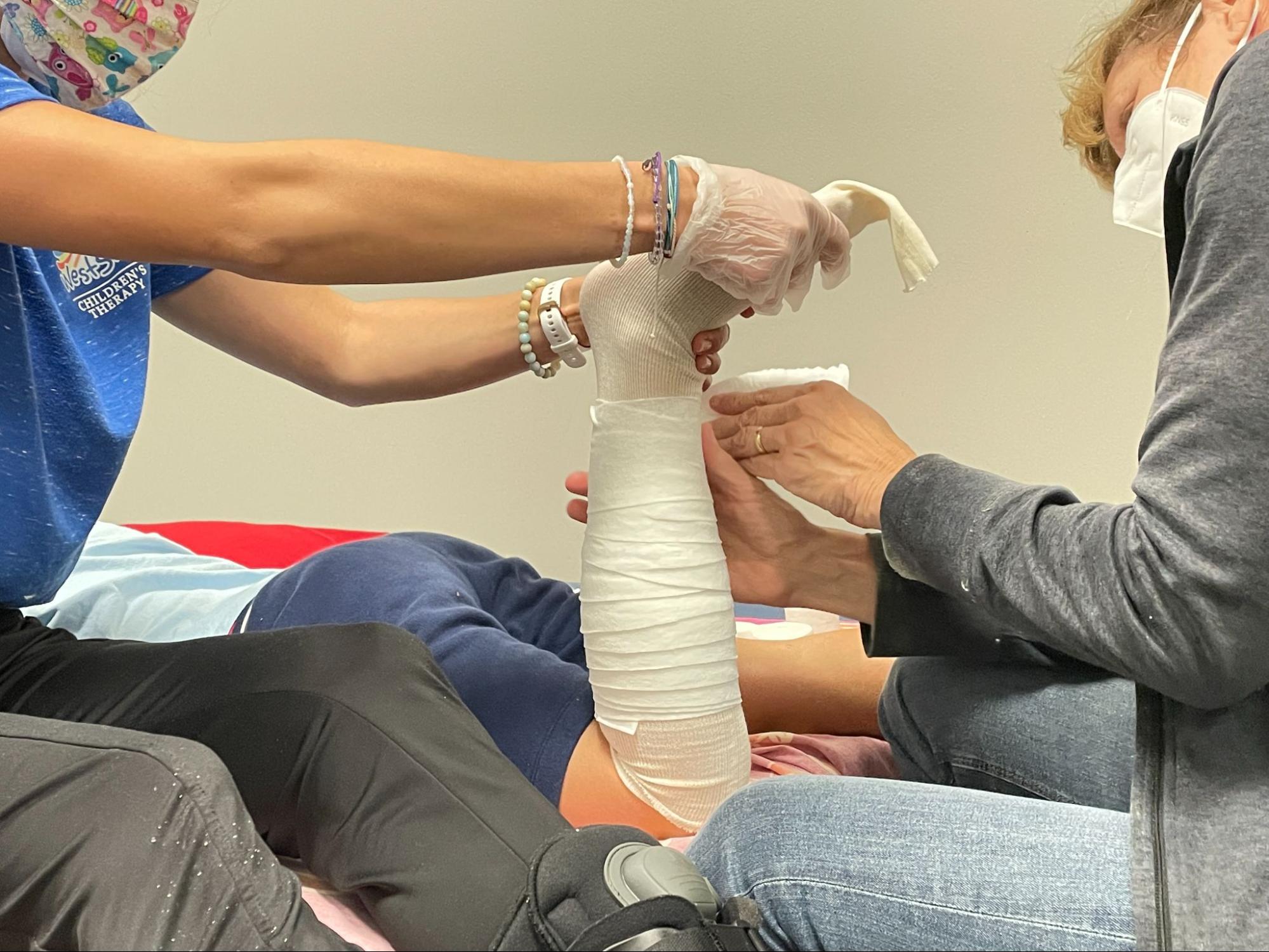
What does a serial casting appointment look like?
Your child will have their cast changed weekly and progress will be recorded. The casts will be cut off and measurements and photos will be taken. Post-casting videos of a child’s walk will also be taken to track their progress.
During casting sessions, children will lay on their belly for about one hour per cast. Your child should wear loose fitting clothing that can be rolled up during the session.
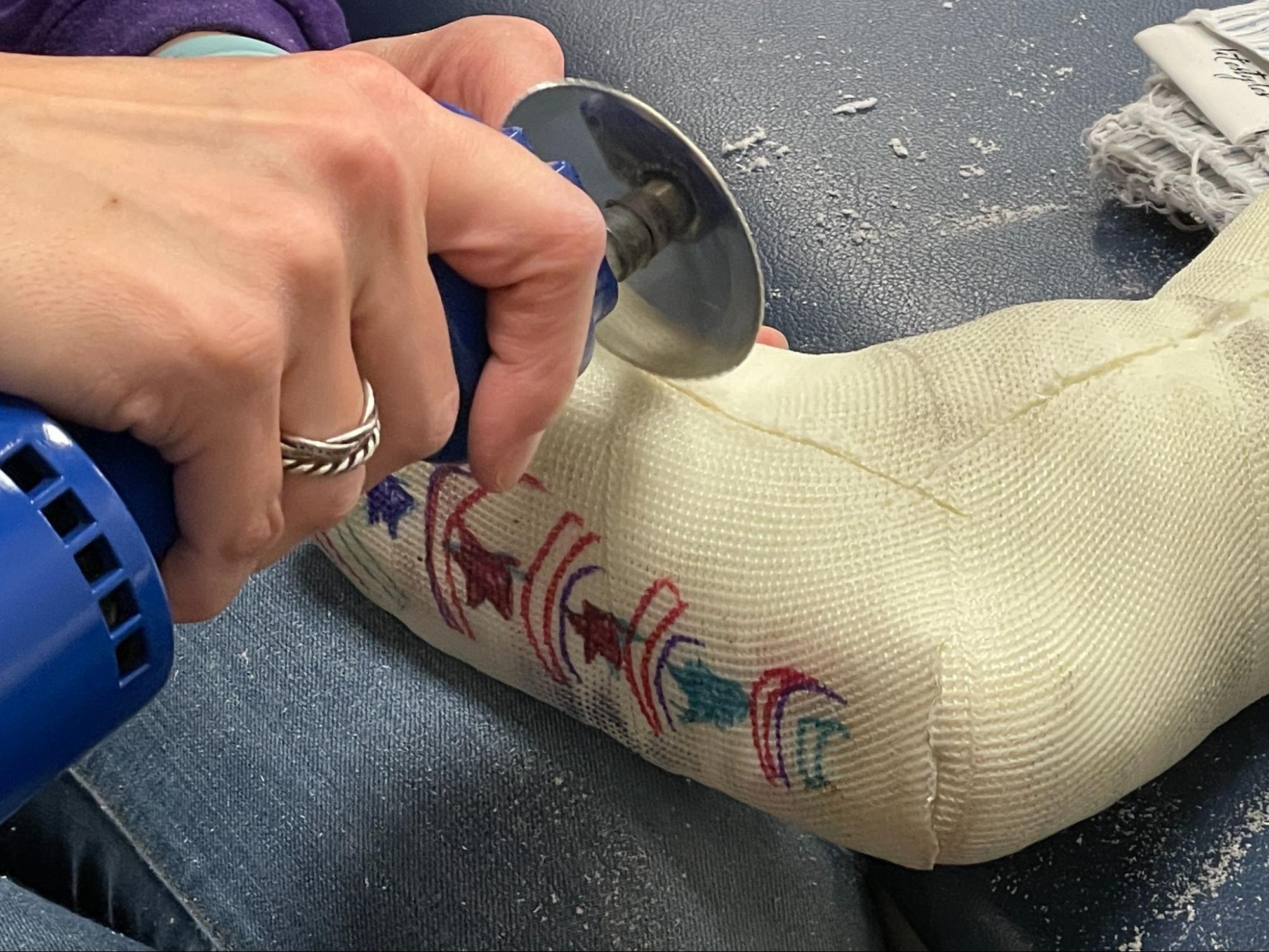
Cast Removal
To keep children comfortable during the cast removal process, they can bring different materials to keep them entertained for the hour (coloring book, iPad, video games, books, homework, snacks, etc.).
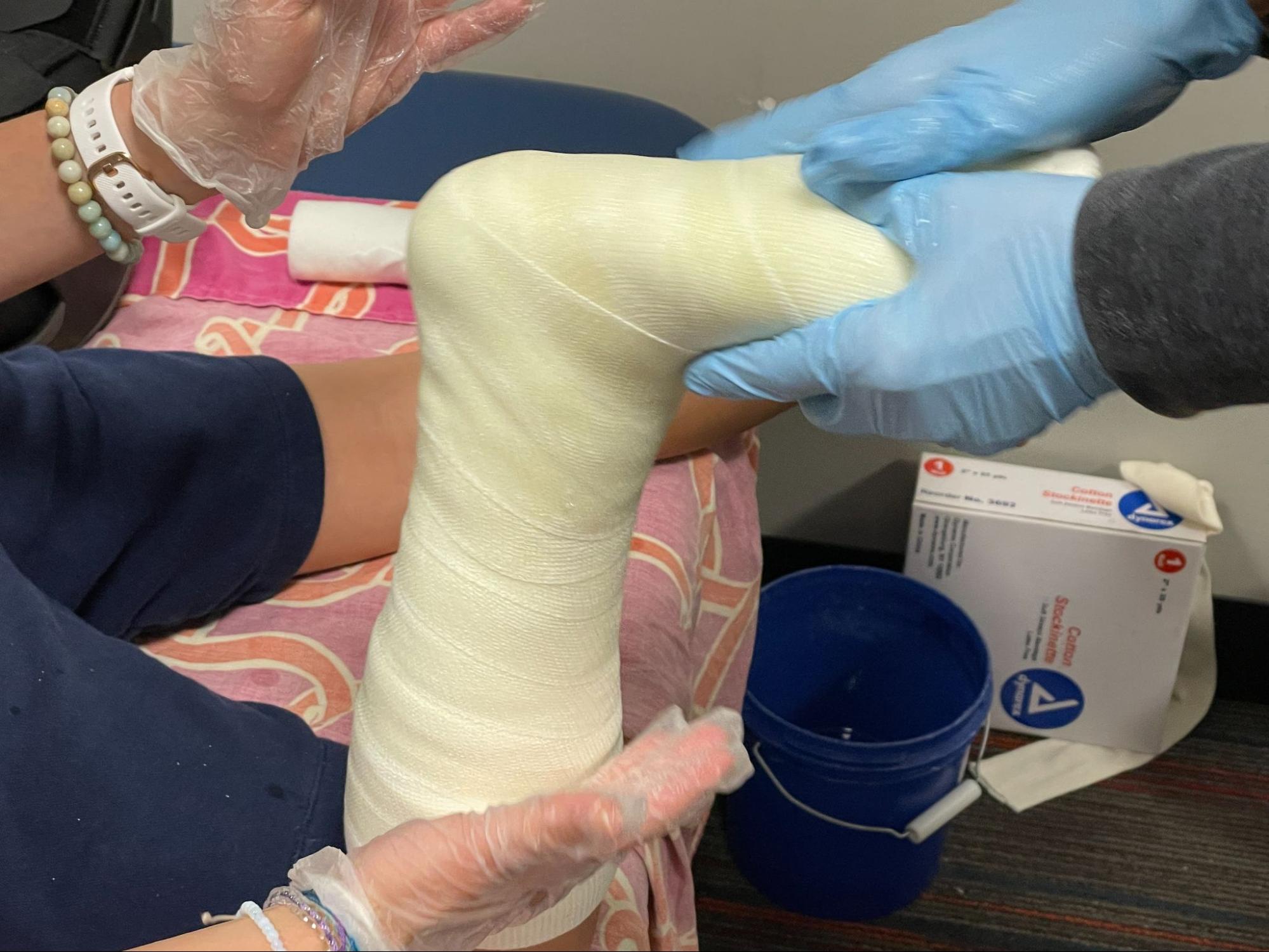
What can my child do while wearing the cast?
An ideal situation for someone in serial casting is to receive physical therapy along with it. That will depend on each individual’s insurance. Our therapists can help develop a plan if you are able to get extra services. It is also encouraged to keep active by walking, stretching and doing balance exercises. This helps maximize outcomes.
Children are also encouraged to continue with activities as normal while wearing the casts as the foot and lower leg are placed in an optimal position that encourages normal gait mechanics. When walking with casts, children can improve strength in their weaker muscles and length in their tighter muscles.
During the casting process, we believe that a kid should continue to “be a kid.” In fact, parents have said that their child is able to do more while wearing the casts. For example parents have said they can’t believe that their child can stand still in the grocery store. One child’s mom thought he hated Halloween, but he just couldn’t walk comfortably for the duration of trick-or-treating. Now he goes on walks by himself outside. Another child was unable to stand still on the risers for a school musical, and it turned out to be because they couldn’t stand still because they would tip over if they did.
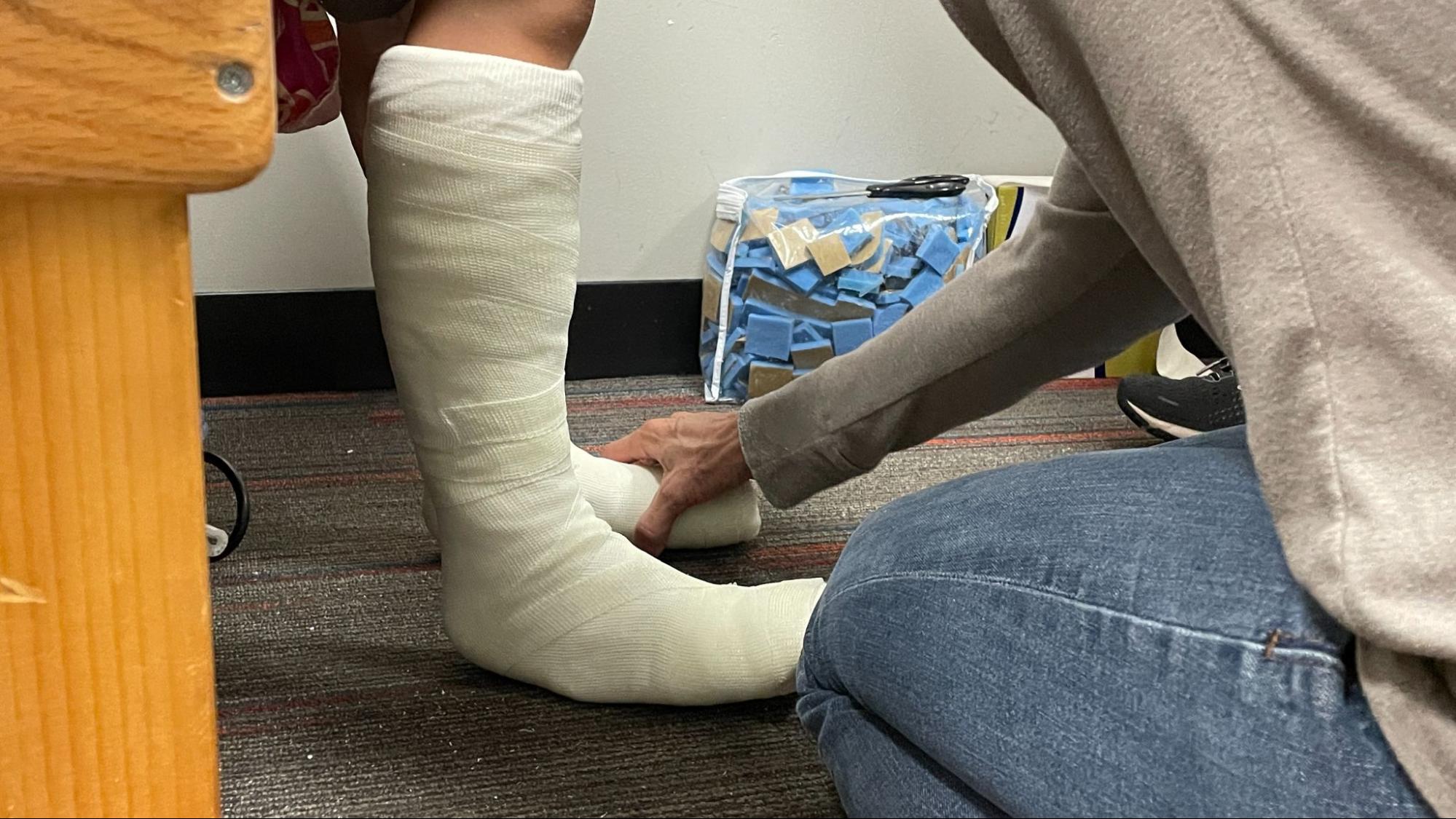
What comes after serial casting?
Your child will be placed in daytime ankle foot orthotics (AFOs) to be worn throughout the day, and night splints to sleep in. The AFOs will hold the feet at a 90 degree ankle angle, and the night splits will hold them approximately 20-plus degrees beyond that.
How long a child will be in their AFOs is dependent on (1) strength in the muscles that were once weak and (2) maintaining the range achieved while casting. The hardest thing to change is the habit of walking on toes.
A family that is highly motivated to maintain strength and range and also break the habit will be out of the AFOs much quicker (roughly one year).
It is important to watch for the “doctor walk” versus a casual walk back to the car, for example. A child may sometimes think hard about heel-toe-heel-toe walking when in front of the doctor, but if they walk to the car on their toes, it may be a sign they are not ready to be done. A child that is ready to come out should be able to walk and talk with their friends without thinking about walking heel-toe-heel-toe.
There is plenty of parent training and homework that should be done to allow for a child to finish. A drill that can be done is have the child lean their back and butt against the wall and do heel taps. This activates the quad and works the hip flexor. It will help them learn to keep their weight back. Also, children should do clockwise, counterclockwise leg movements, and up and down leg movements three times a day.
Parents must be careful to not remove the AFOs and night splints too early. If they are removed too early, they will not work on a child who has lost the range of motion. As a comparison, think of a person who wears a retainer after getting braces taken off. Not only will the range be lost, the child may revert back to walking on their toes.
If you think your child may need serial casting, talk to your doctor right away so it can be addressed and have a better chance at quick outcomes. It may not always be something that is grown out of.
If you have more questions about serial casting, call 815-469-1500.






